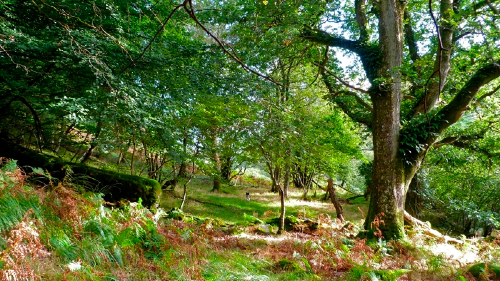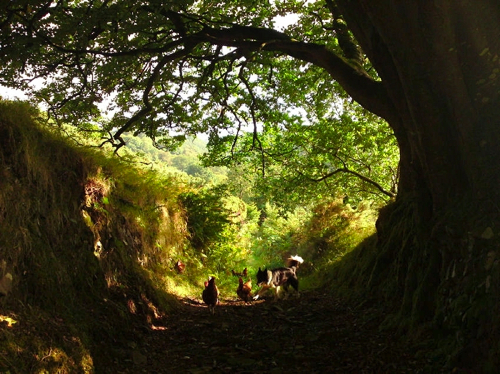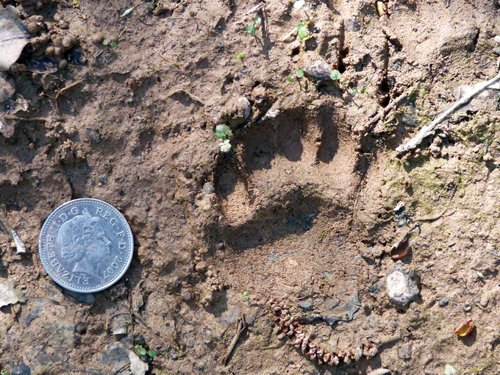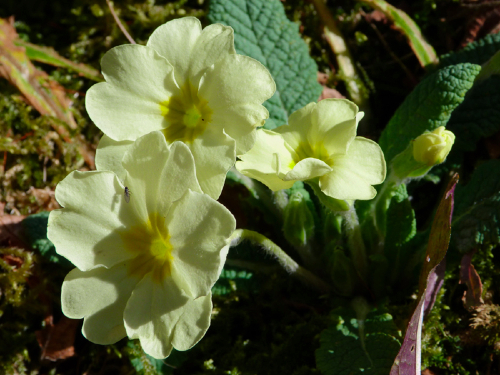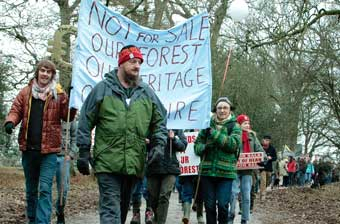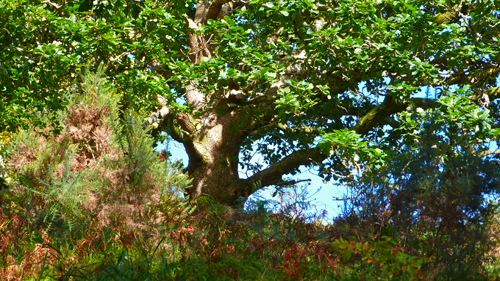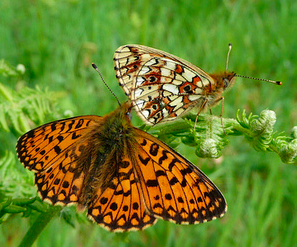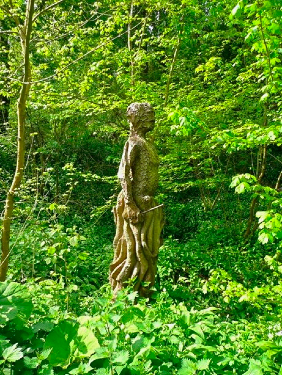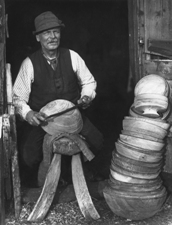“letting children enjoy the landscape in their own way can be just as effective as any exciting day out. If we encourage them to love & value their landscape, then hopefully we can not only kindle a lifelong passion but help to shape how the next generation will treat these issues
Latest Updates
- Dr Oliver Rackham
- SUCCESS! Public Forests to be named as exempt in the Infrastructure Bill!
- 'Crystal clear' commitment from Govt made in new ministerial statement. So lets see it crystal clear in the Infrastructure Bill..
- HOUSE OF LORDS: EXEMPT FORESTS FROM THE INFRASTRUCTURE BILL
- Lafarge Tarmac withdraws Hopwas Woods from Quarry Plan
- Parliament's New Chainsaw - Petition to fight the Infrastructure Bill
- Infrastructure Bill debate on Nov 5th - Join activists for day of action!
- Save Hopwas Woods by Alvecote Wood owner Sarah Walters
- Parliament's New Chainsaw - The Infrastructure Bill
- Sign our letter! We Urge the European Commission to Drop Plans for EU Legislation on Biodiversity Offsetting
Contents
- Art
- Articles
- Biodiversity Offsetting
- Deep Sustainability
- Expert Articles
- Forest Campaigns Network
- Forestry Info/Pests & Diseases
- Forestry Panel
- Get Involved
- Heathland restoration
- Infrastructure Bill
- International Campaigns
- Landscape
- Local Campaigns
- Love Trees
- National Campaigns
- National Forestry Stakeholder Forum
- News
- NPPF
- Opinion
- Our Forests!
- Private Forests
- Public Bodies Bill
- Sustainable Development/Green Economy
- Sustainable Land Management
- Tree of the Year
- Uncategorized
- Urban Forest
- Wildlife
- Woodland Culture
Recent Comments
- Stephen Hailes on FRIENDS OF HURN’S FORESTS – IN DEFENCE OF HURN’S PINE FORESTS AND THE FORESTRY COMMISSION
- Rod Leslie on Dr Oliver Rackham
- Daren on ‘Crystal clear’ commitment from Govt made in new ministerial statement. So lets see it crystal clear in the Infrastructure Bill..
- Ashley on ‘Crystal clear’ commitment from Govt made in new ministerial statement. So lets see it crystal clear in the Infrastructure Bill..
- 38 Degrees -Our forests have been saved – again! And together we played a huge part « wyre forest labourblogger on ‘Crystal clear’ commitment from Govt made in new ministerial statement. So lets see it crystal clear in the Infrastructure Bill..
- Richard Headey on ‘Crystal clear’ commitment from Govt made in new ministerial statement. So lets see it crystal clear in the Infrastructure Bill..
- Lords challenged to block forests sell off | ToUChstone blog: A public policy blog from the TUC on HOUSE OF LORDS: EXEMPT FORESTS FROM THE INFRASTRUCTURE BILL
- Barry on Parliament’s New Chainsaw – The Infrastructure Bill
- Paloma Sparrow on Parliament’s New Chainsaw – The Infrastructure Bill
- Paloma Sparrow on Parliament’s New Chainsaw – Petition to fight the Infrastructure Bill
Save Our Woods Archive by Date
Welcome
Films
-
-
Categories
Art Articles Biodiversity Offsetting Deep Sustainability Expert Articles Forest Campaigns Network Forestry Info/Pests & Diseases Forestry Panel Get Involved Heathland restoration Infrastructure Bill International Campaigns Landscape Local Campaigns Love Trees National Campaigns National Forestry Stakeholder Forum News NPPF Opinion Our Forests! Private Forests Public Bodies Bill Sustainable Development/Green Economy Sustainable Land Management Tree of the Year Uncategorized Urban Forest Wildlife Woodland Culture
Home | Latest Updates | Facts & Figures | Map of Forests For Sale | In The Press | What You Can Do | #LoveTrees | Gallery | Contact
just another wildelycreative website





